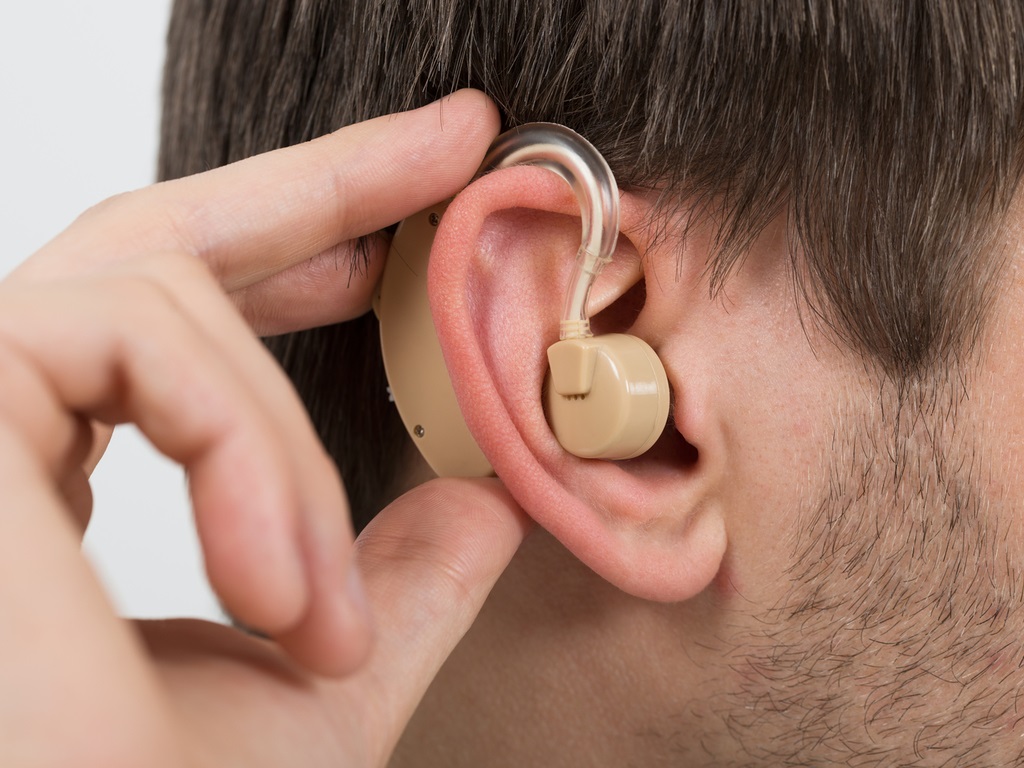Unlocking a world of better hearing, hearing aids offer a lifeline for those facing auditory challenges. While they can’t completely restore natural hearing, these devices excel at amplifying sounds that might have been elusive before. For individuals considering hearing aids, questions about appearance and efficacy often arise. In this article, we delve into the types of hearing aids and their transformative capabilities and shed light on their potential to enhance auditory experiences.
Completely in The Canal (CIC) or Mini CIC
A completely-in-the-canal hearing aid is custom-made to fit inside the ear canal. It’s effective for adults with mild to moderate hearing loss.
This type of hearing aid:
It is the smallest and least noticeable.
Minimizes wind noise.
Requires small batteries that might need more frequent replacement and can be tricky to manage.
Usually lacks additional functions like volume control or a directional microphone.
It can be prone to speaker blockage from earwax.
In the Canal
An in-the-canal (ITC) hearing aid is custom-designed to fit partially in the ear canal. This design is effective for mild to moderate hearing loss in adults.
This Type of Hearing Aid:
It is less noticeable in the ear compared to larger styles.
Includes features that might not fit on completely-in-the-canal aids, though adjusting them can be challenging due to the smaller size.
Can experience speaker blockage from earwax.
In the ear
An in-the-ear (ITE) hearing aid comes in two styles: one that fills most of the bowl-shaped area of the outer ear (full shell) and another that fills only the lower part (half shell). Both are suitable for individuals with mild to severe hearing loss and come with directional microphones.
This Type of Hearing Aid:
Has features that don’t fit on smaller models, like a volume control.
It may be easier to handle.
Uses a larger battery for extended battery life, offering various rechargeable battery options.
Can experience speaker blockage from earwax.
It might pick up more wind noise compared to smaller devices.
It is more noticeable in the ear than in smaller devices.
Behind the Ear
A behind-the-ear (BTE) hearing aid loops over the ear’s top and rests at the back. A tube connects the aid to a custom earpiece, called an ear mold, placed in the ear canal. This type suits all ages and most hearing loss types.
A Behind-The-Ear Hearing Aid:
Traditionally, it is the largest kind, but newer mini designs are now streamlined and barely noticeable.
Comes with directional microphones.
It can amplify sound more than other types.
It may catch more wind noise compared to other styles.
It might be offered with a rechargeable battery.

